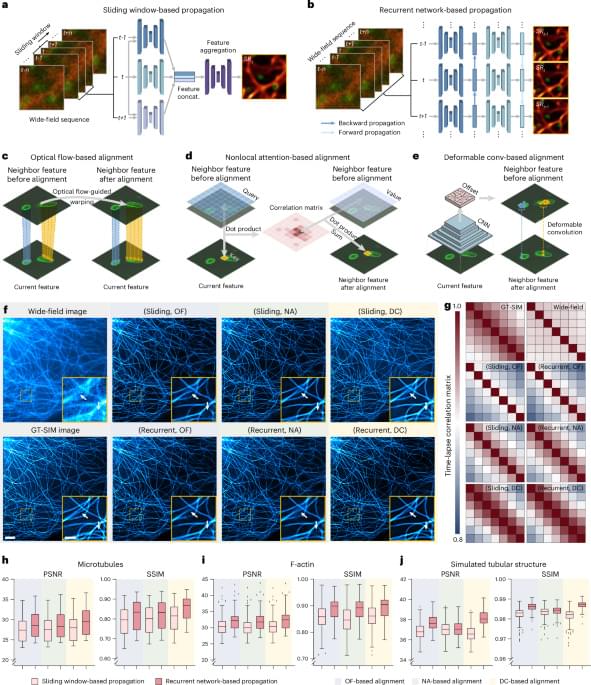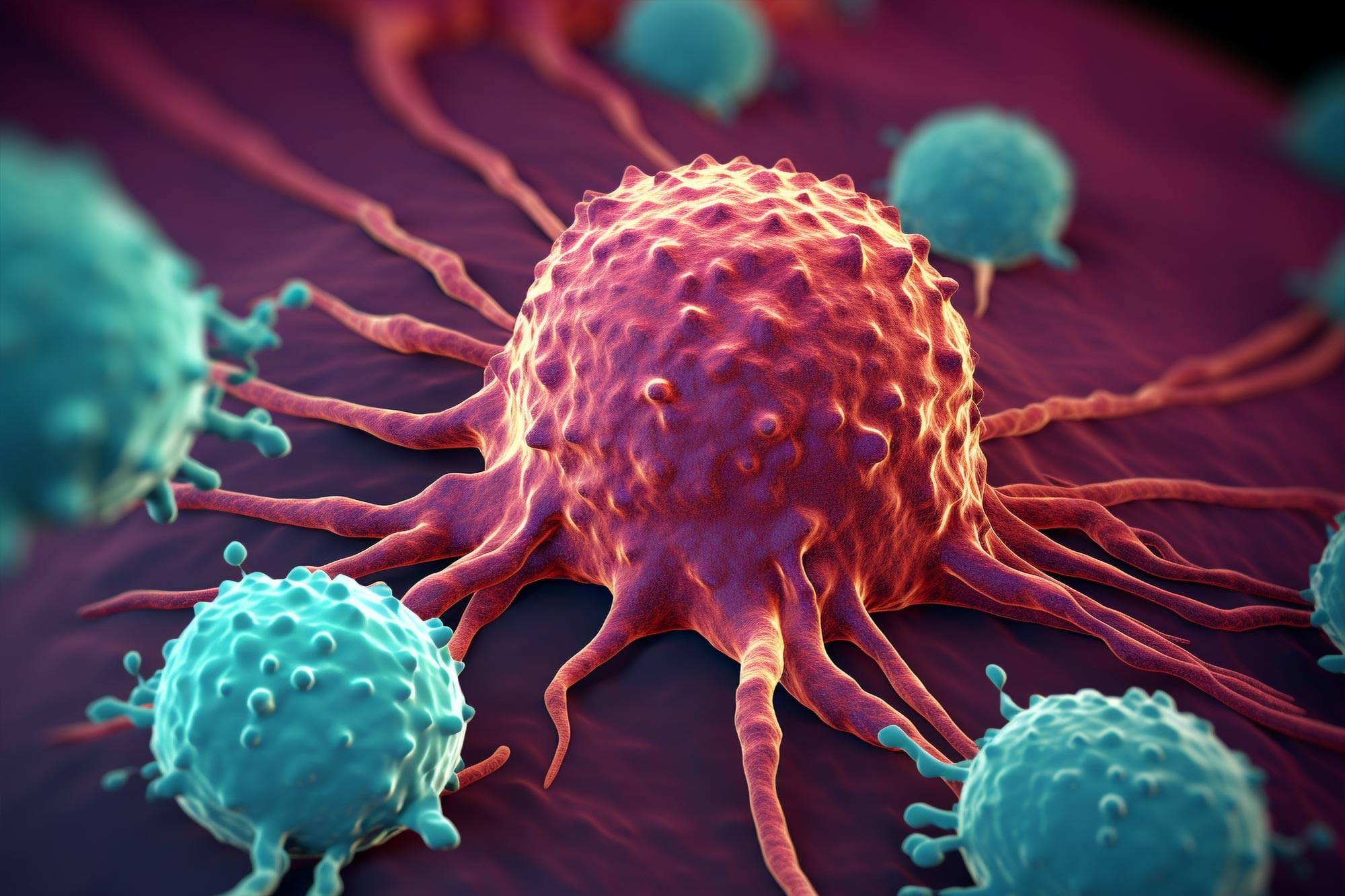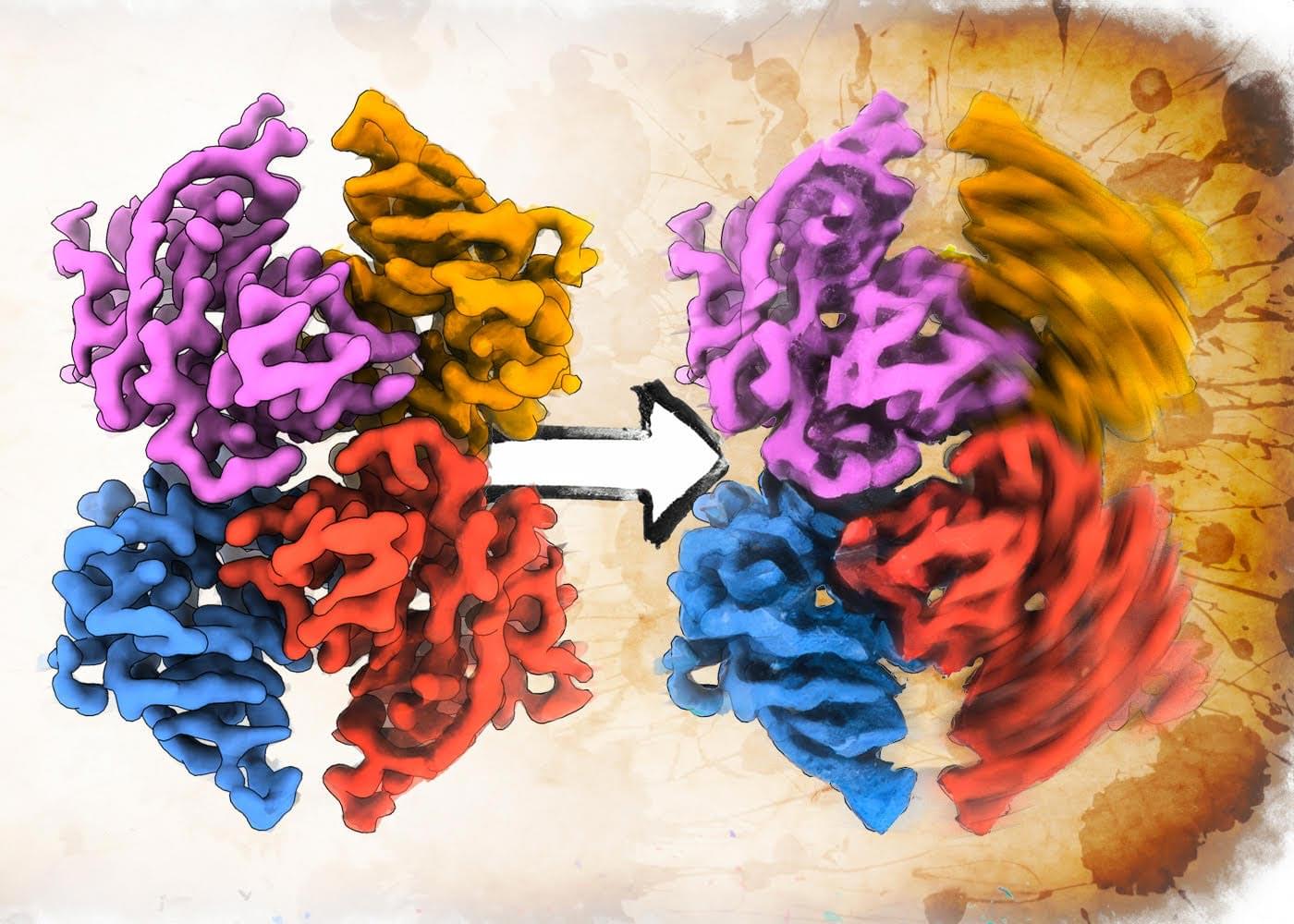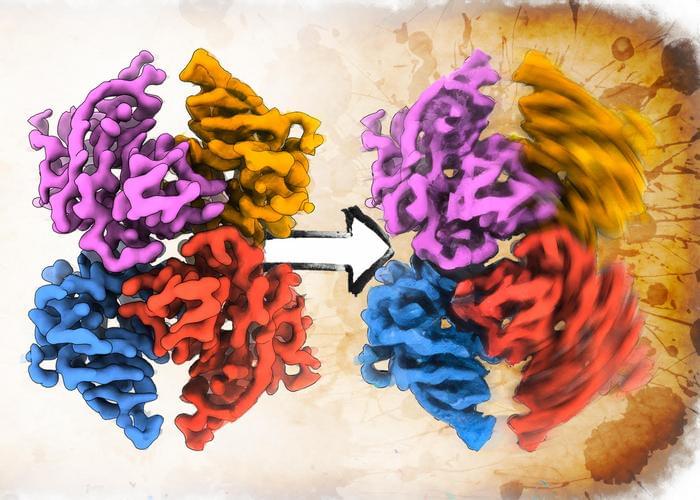Latest data shows which counties have been hardest hit by bird flu outbreaks among poultry flocks as the human case count climbs.



This may be a global pandemic it is even suspected to hit the USA.
Dengue is sometimes known as “breakbone fever” – a description that resonated with Braga. “I consider myself to have a high pain tolerance, but the pain was so intense.”
She needed hospital treatment, after deteriorating to the point that she was vomiting and could no longer eat or drink. “Even after being hospitalised for five days, I only gradually started getting better. The fatigue, in particular, didn’t leave me for about 15 days,” she says.
The World Health Organization estimates that 4 billion people are at risk of dengue and related viruses, rising to 5 billion by 2050. The rapid spread over recent years is “an alarming trend”, says WHO director general Dr Tedros Adhanom Ghebreyesus.

TISR or video SR (VSR) neural network models are designed to leverage temporal neighbor frames to assist the SR of the current frame and are, therefore, expected to achieve better performance than SISR models19 (Supplementary Note 1). Although TISR models have been widely explored in natural image SR to improve video definition, whether such models can be applied to super-resolve biological images (that is, enhancing both sampling rate and optical resolution) has been poorly investigated. Here, we used the total internal reflection fluorescence (TIRF) SIM, grazing incidence (GI) SIM and nonlinear SIM20 modes of our home-built Multi-SIM system to acquire an extensive TISR dataset of five different biological structures: clathrin-coated pits (CCPs), lysosomes, outer mitochondrial membranes (Mitos), microtubules (MTs) and F-actin filaments (Extended Data Fig. 1). For each type of specimen, we generally acquired over 50 sets of raw SIM images with 20 consecutive time points at 2–4 levels of excitation light intensity (Methods). Each set of raw SIM images was averaged out to a diffraction-limited wide-field (WF) image sequence and was used as the network input, while the raw SIM images acquired at the highest excitation level were reconstructed into SR-SIM images as the ground truth (GT) used in network training. In particular, the image acquisition configuration was modified into a special running order where each illumination pattern is applied 2–4 times at escalating excitation light intensity before changing to the next phase or orientation, so as to minimize the motion-induced difference between WF inputs and SR-SIM targets.
To effectively use the temporal continuity of time-lapse data, SOTA TISR neural networks consist of mainly two important components21,22: temporal information propagation and neighbor feature alignment. We selected two popular types of propagation approaches, sliding window (Fig. 1a) and recurrent network (Fig. 1b), and three representative neighbor feature alignment mechanisms, explicit warping using OF15 (Fig. 1c) and implicit alignment by nonlocal attention23,24 (NA; Fig. 1d) or deformable convolution21,25,26 (DC; Fig. 1e), resulting in six combinations in total. For fair comparison, we custom-designed a general TISR network architecture composed of a feature extraction module, a propagation and alignment module and a reconstruction module (Extended Data Fig. 2) and kept the architecture of the feature extraction module and reconstruction module unchanged while only modifying the propagation and alignment module during evaluation (Methods). We then examined the six models on five different data types: linear SIM data of MTs, lysosomes and Mito, three of the most common biological structures in live-cell experiments, nonlinear SIM data of F-actin, which is of the highest structural complexity and upscaling factor in BioTISR, and simulated data of tubular structure with infallible GT references (Supplementary Note 2). As is shown in Fig. 1f, Extended Data Fig. 3 and Supplementary Fig. 2, all models denoised and sharpened the input noisy WF image evidently, among which the model constructed with a recurrent scheme and DC alignment resolved the finest details compared to the GT-SIM image (indicated by white arrows in Fig. 1f). Furthermore, we calculated time-lapse correlation matrices (Fig. 1g) and image fidelity metrics (Fig. 1h–j) (that is, peak SNR (PSNR) and structural similarity (SSIM)) for the output SR images to quantitatively evaluate the temporal consistency and reconstruction fidelity, respectively. According to the evaluation, we found that recurrent network-based propagation (RNP) outperformed sliding window-based propagation (SWP) in both temporal consistency and image fidelity with fewer trainable parameters (Methods) and propagation mechanisms had little effect on the temporal consistency of the reconstructed SR time-lapse data, while the DC-based alignment generally surpassed the other two mechanisms with a similar number of parameters for all types of datasets (Supplementary Fig. 3).

The risk of a stroke may be increased by a common bacteria found in the mouth and gut, suggests a new study.
Higher levels of Streptococcus anginosus were found in the gut of recent stroke survivors in Japan.
Stroke patients with a significant amount of the bacteria in their gut were more likely to die or have another major cardiovascular event within two years than stroke patients without Streptococcus anginosus in the gut.

Researchers have revolutionized cancer immunotherapy by developing a way to grow T cells in the lab that live longer and fight cancer more effectively.
They identified flaws in traditional methods, where sugar-rich growth media caused T cells to depend on glucose and die quickly when reintroduced into the body. By supplementing the growth medium with dichloroacetate (DCA), the researchers improved the cells’ metabolism and durability, achieving better outcomes in mouse models of melanoma, with long-lasting immune protection against cancer.


These insights could drive the development of new drugs to treat transthyretin amyloidosis, a progressive and fatal disease.
Transthyretin, a small but crucial protein, plays a vital role in transporting hormones through the blood and spinal fluid. However, when it misfolds after secretion, it can lead to serious health problems. Misfolded transthyretin forms toxic clumps in the heart and along nerves, causing transthyretin amyloidosis (ATTR)—a progressive and often fatal disease. ATTR affects up to 25% of men over 80, leading to symptoms such as shortness of breath, dizziness, and numbness or tingling in the extremities.
In a breakthrough study, researchers at Scripps Research have revealed new structural insights into transthyretin. Their findings, published in Nature Structural & Molecular Biology.

Researchers at Karolinska Institutet, in collaboration with teams from Lund University and the Center for Regenerative Therapies Dresden (CRTD), have mapped the genome of the Iberian ribbed newt and revealed how the composition and organization of the DNA are linked to its ability to regenerate entire body parts.
The paper is published in the journal Cell Genomics.
Salamanders are known for their unique ability to regenerate entire body parts and for their resistance to tumor development. The molecular mechanisms behind these traits have been difficult to study due to a lack of knowledge about the composition of their genome. Researchers at Karolinska Institutet have now succeeded in mapping the genome of the Iberian ribbed newt, providing new insights into these fascinating processes.

